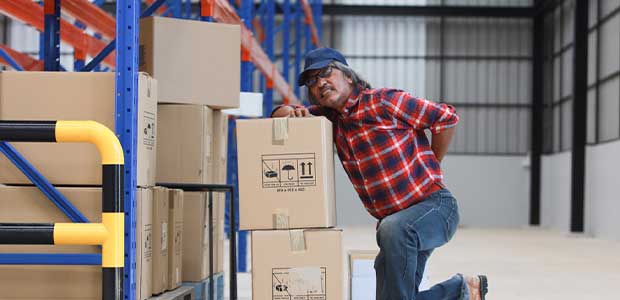
ASSP Publishes New Standard on Workplace Injuries
The new standard goes a step beyond the baseline and uses three sets of metrics.
- By Alex Saurman
- May 03, 2022
Every year, millions of people are injured on the job. In 2020, 2.7 million cases of injuries at work were reported, according to the Bureau of Labor Statistics. Clearly, preventing workplace injuries is essential to improving worker health and safety.
Employers typically have only lagging metrics to analyze worker safety. The American Society of Safety Professionals is looking to change that. According to a press release, last week, ASSP published a new standard that uses three sets of metrics to improve employer health and safety. ANSI/ASSP Z16.1-2022, Safety and Health Metrics and Performance Measures uses leading, lagging and impact metrics.
“Relying solely on lagging metrics does not improve workplace safety,” said Alexi Carli, M.S., CSP, chair of the Z16 committee in the press release. “We need a complete, systematic method to influence what happens while understanding how and why it happens. This standard’s balanced approach measures actions that drive improvement. It’s a major development that can help businesses thrive, especially in today’s challenging environment.”
The voluntary national consensus standard is available to purchase on ASSP’s website.
ASSP also updated two other standards: Z117.1-2022, Safety Requirements for Entering Confined Spaces and ANSI/ASSP A1264.2-2022, Reducing Slip Missteps on Walking-Working Surfaces. Z117.1 lists safety requirements when working in confined spaces, and A1264.2 is on slip resistance. To learn more about these changes, visit ASSP's website.
About the Author
Alex Saurman is a former Content Editor for Occupational Health & Safety,who has since joined OH&S’s client services team. She continues to work closely with OH&S’s editorial team and contributes to the magazine.